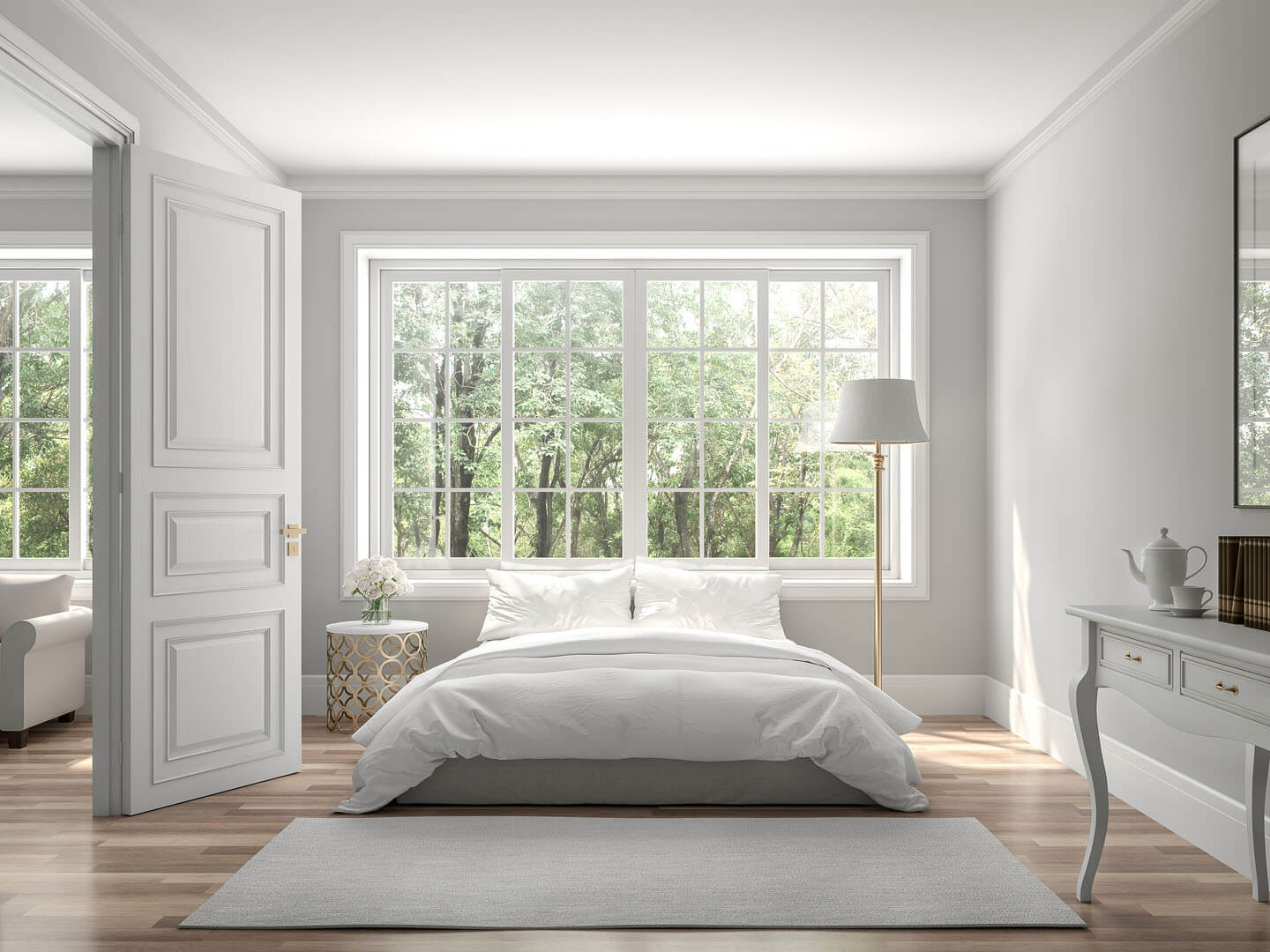The History and Evolution of Bay Windows: A Journey Through Time
Bay windows, with their elegant outward projection and panoramic views, have long been an architectural marvel. Over centuries, they’ve evolved from simple functional elements to ornate, decorative features that grace many historical buildings and modern homes. This article delves into the historical origins of bay windows, tracing their evolution from ancient architecture to modern designs. We’ll showcase how bay windows have changed in style, purpose, and materials over the years, illustrating the journey of this iconic architectural element through various eras.
A Glimpse into Bay Window Past
When were bay windows first introduced in architectural history?
The concept of bay windows dates back to ancient times. One of the earliest recorded examples is found in the Roman architectural style called ‘alae.’ Romans built alae with a semicircular projection, similar to modern bay windows, to capture more natural light and provide better ventilation. This design not only increased the interior space but also added a sense of grandeur.
However, the true emergence of bay windows as we know them today can be attributed to the English Renaissance period during the late 17th century. The English adopted the idea from the Italians and incorporated bay windows in their architecture.
The Evolution of Bay Windows
How have bay window designs evolved over different architectural periods?
The Popularity of Bay Windows in the English Renaissance and Victorian Era
During the English Renaissance, bay windows gained popularity for their aesthetic appeal. The designs incorporated multiple angles, often projecting in polygonal or rectangular forms. These windows were often adorned with leaded glass and intricate woodwork.
In the Victorian era, bay windows became a symbol of wealth and social status. The designs grew more extravagant, featuring ornate detailing, colorful stained glass, and carved wooden frames.
- Iconic Example: The Oriel Window at Oxford University, constructed in the 15th century, showcases the exquisite craftsmanship of bay windows during this period.
Bay Windows and the Arts and Crafts Movement
In the late 19th and early 20th centuries, the Arts and Crafts movement led to a shift towards simplicity and craftsmanship. Bay windows retained their prominence but with a more understated, natural appearance. They often featured clear or lightly colored glass, emphasizing a connection with the outdoors.
- Iconic Example: Red House in Bexleyheath, designed by William Morris, is a prime example of the Arts and Crafts movement, featuring beautiful, unadorned bay windows.
Modernism and Contemporary Bay Window Designs
In the mid-20th century, Modernism brought a departure from traditional bay window designs. Simplicity, clean lines, and an emphasis on functionality became the focus. Bay windows were often integrated into open floor plans, allowing for maximum light and ventilation.
- Iconic Example: The Farnsworth House in Plano, Illinois, designed by Mies van der Rohe, exemplifies modern bay windows, providing unobstructed views of the surrounding nature.
The Diverse Styles of Bay Windows
What are some iconic examples of bay windows in historical buildings?
- The Palace of Westminster: Home to the British Parliament, this iconic building features bay windows with grand gothic arches and stunning river views.
- Hearst Castle: Designed by architect Julia Morgan, this historic California landmark boasts intricate bay windows, reflecting a Mediterranean Revival style.
- The White House: The Oval Office in the White House is known for its curved bay windows, adding charm to the President’s workspace.
Modern Bay Windows: Style Meets Efficiency
In contemporary architecture, bay windows continue to evolve. Today, they not only enhance a building’s aesthetics but also serve energy-efficient purposes. Modern bay windows, like the ones we provide here at Morgan Exteriors, are often designed with double or triple glazing, low-E coatings, and advanced framing materials, maximizing natural light while minimizing energy loss.
- Iconic Example: The National Aquarium in Baltimore features modern bay windows with sustainable design, offering captivating underwater views and utilizing natural light for exhibits.
Morgan Exteriors Provides the Enduring Allure of Bay Windows
Bay windows have come a long way since their ancient Roman counterparts. From their practical origins to the height of extravagance in the Victorian era and the simplicity of modern designs, they have been a consistent presence in architectural history. Their enduring allure lies in their ability to seamlessly blend beauty with functionality, offering both historical charm and modern convenience to the spaces they grace.
So, whether you’re admiring a historical landmark or considering a bay window for your home, you’re connecting with a rich history and a design element that has stood the test of time. Bay windows, with their timeless appeal, continue to captivate architects, homeowners, and admirers of architectural beauty alike. If you’re inspired to explore the world of bay windows for your home, contact Morgan Exteriors today and let us bring the timeless beauty of bay windows to your living space. We serve homeowners in a large area across Florida including Orlando, Tampa, Jacksonville, Lutz & Ft. Myers. We even offer convenient financing for qualified homeowners. Contact us today through our convenient service request form!

These Window Features Can Help Reduce Your Energy Costs If you’re planning to replace the

How to Increase the Energy Efficiency of Your Florida Home The warm and bright weather

Questions to Ask When You’re Buying New Windows At some point, you might choose to














